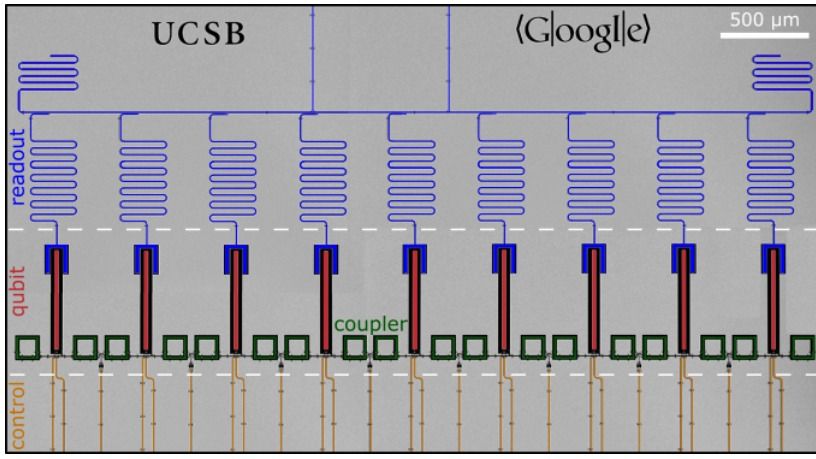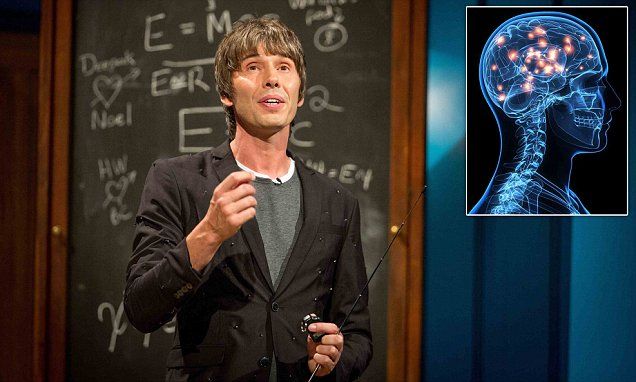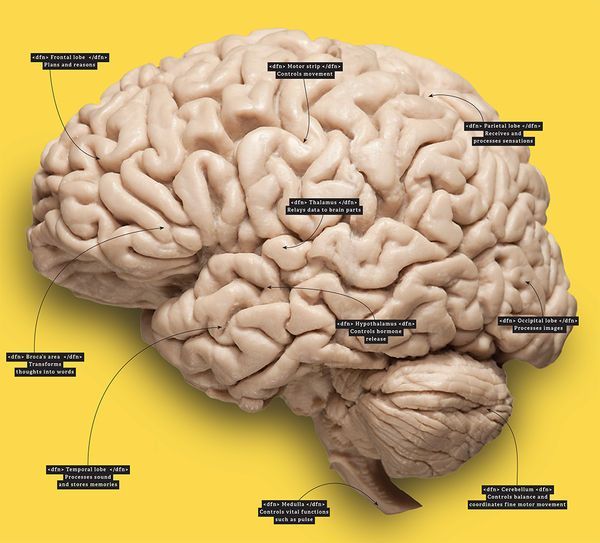Oct 8, 2017
Microsoft Unveils Programming Language for Quantum Computing
Posted by Jeremy Lichtman in categories: computing, quantum physics
At its Ignite developer conference yesterday, Microsoft announced that it has developed a new programming language designed to not only run on current computers but on the most advanced machines of the future: quantum computers. Ignite is running from Sept. 25–29 in Orlando.
Like many other of the world’s largest tech companies, Microsoft has been working to develop quantum computers that could handle massively complex problems in minutes or seconds. Unlike today’s conventional devices that use the digital bits “0” and “1,” quantum computers use qubits that can act as 0s, 1s or both simultaneously.
Microsoft said its new quantum computing language, which has yet to be named, is “deeply integrated” into its Visual Basic development environment and does many of the things other standard programming languages do. However, it is specifically designed to allow programmers to create apps that will eventually run on true quantum computers.
















